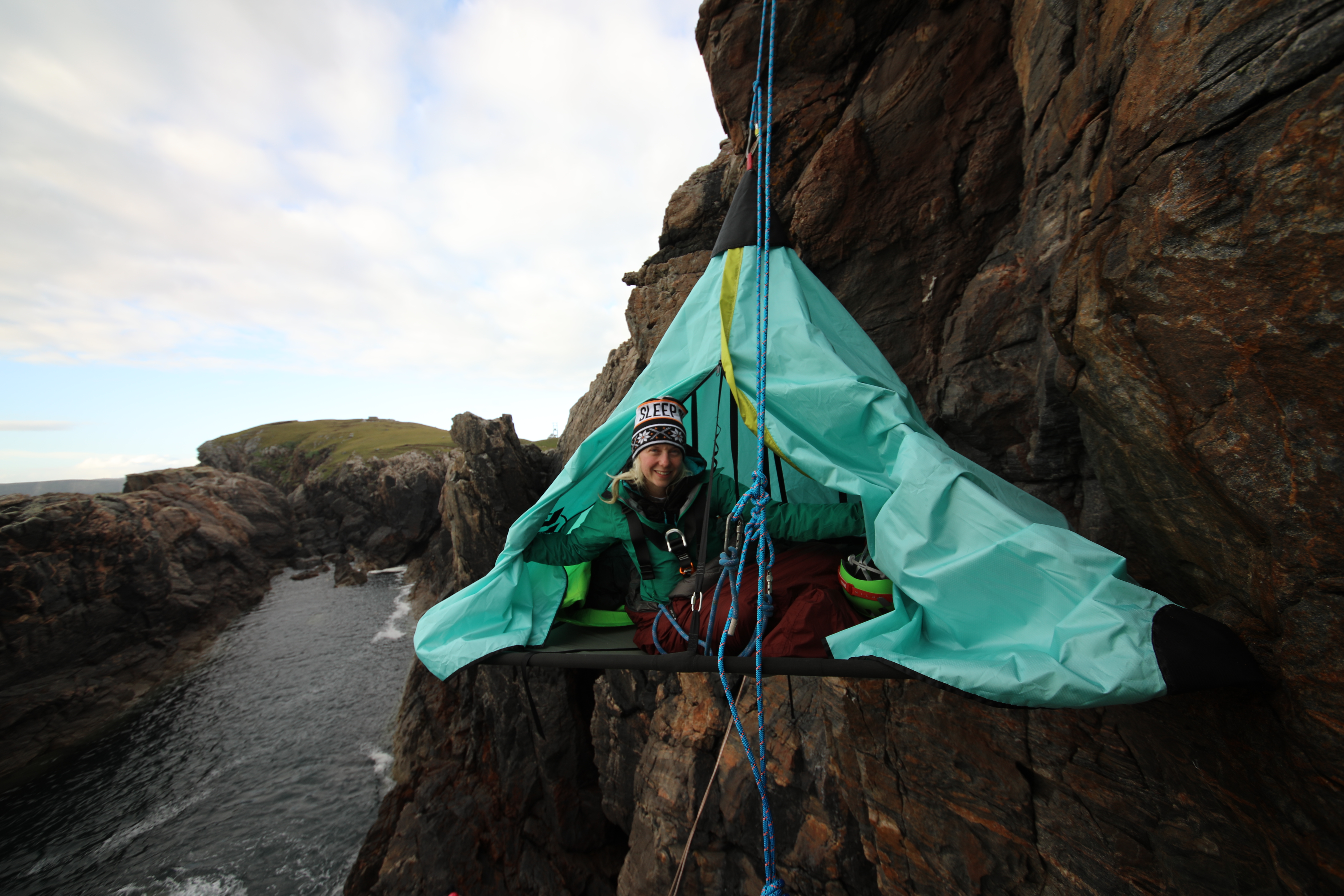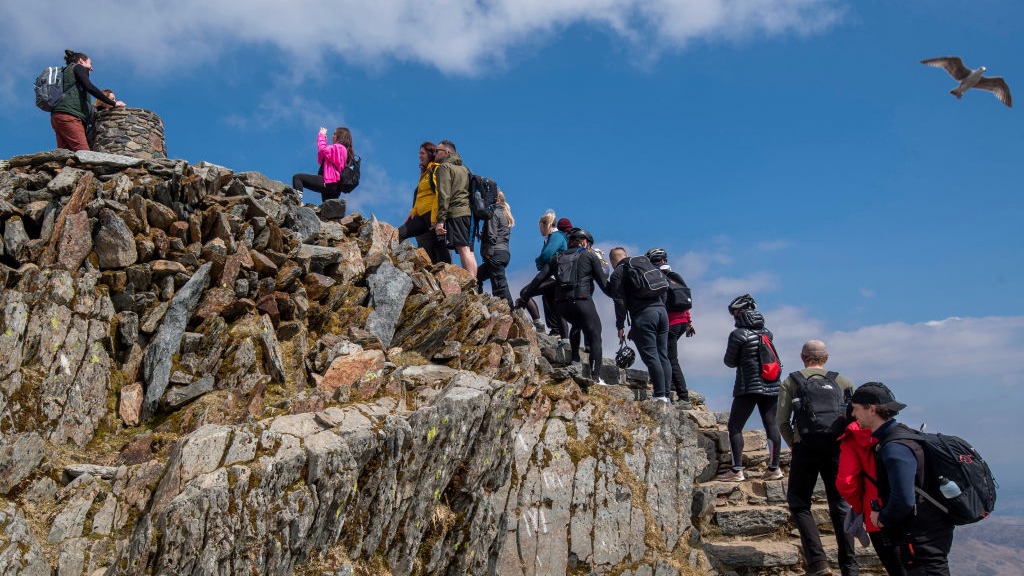How to be a better adventurer in 2025: why being eco-aware will improve the trails for all
Our resident wanderwoman has five tips on how to reduce your environmental impact, while still enjoying backcountry pursuits in 2025

There's a tension that all us outdoorsy types face. As lovers of the outdoors, we naturally seek to protect our wild places and the longer we spend out there in the wild, the more our appreciation for both it and our impact on it grows.
The tension is that, to get the most out of the backcountry, we have to obtain hiking kit, camping gear and the rest, all of which have an impact. For example, when it comes to our sleeping bags and insulated jackets, we're forced to choose between synthetics that'll never biodegrade, or down, harvested from ducks or geese, thus exploiting these wonderful birds. This is just one example, but it highlights the kind of considerations we have to make.
As well as this tension, there's also the impact we have on the mountain environment. We have to consume food and drink, but this often comes with single-use packaging. We have to poop and pee, but this obviously has implications for the places we choose to do it. Whether wearing hiking boots, bikepacking long distances, climbing a crag or camping in a cwm, we'll always leave at least some trace. The question is, how do we minimize it?
So, is it possible to enjoy such escapades and be kinder to the environment? Of course it is, if you know how. Here’s how to be a better adventurer in 2025 – with this guide we can all do our bit to make this year our greenest in the outdoors to date.
Meet the expert
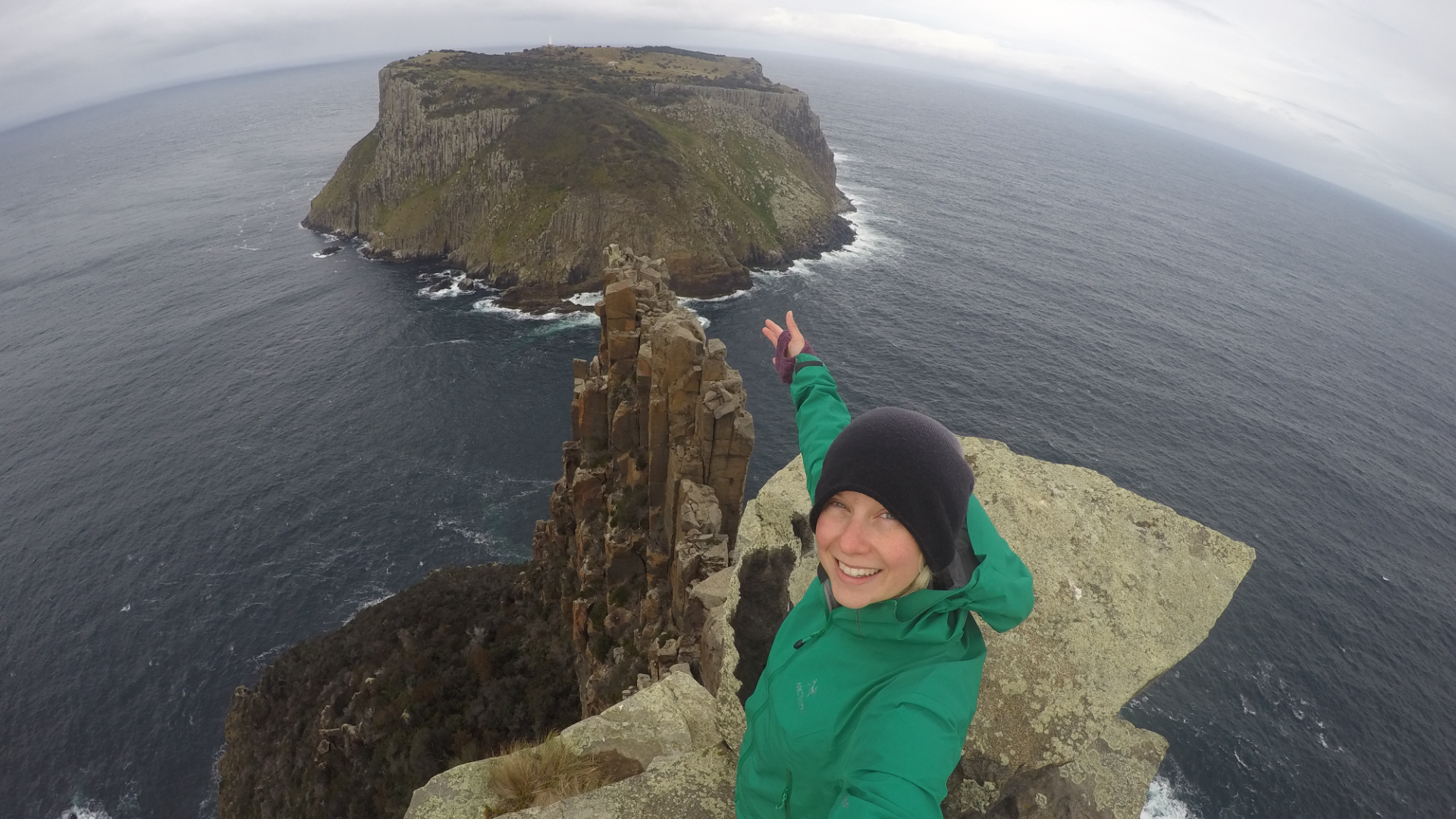
Phoebe is a huge advocate of environmentally friendly adventure. Through the #WeTwo Foundation, she works with underprivileged young people to provide opportunities and to enhance their appreciation of the outdoors. Here, she gives her top tips on how to be a better adventurer in 2025.
1. Leave no trace
- Leaving no trace generally means no fires, no litter and leaving the environment as you found it
- Any poop should either be buried or carried out
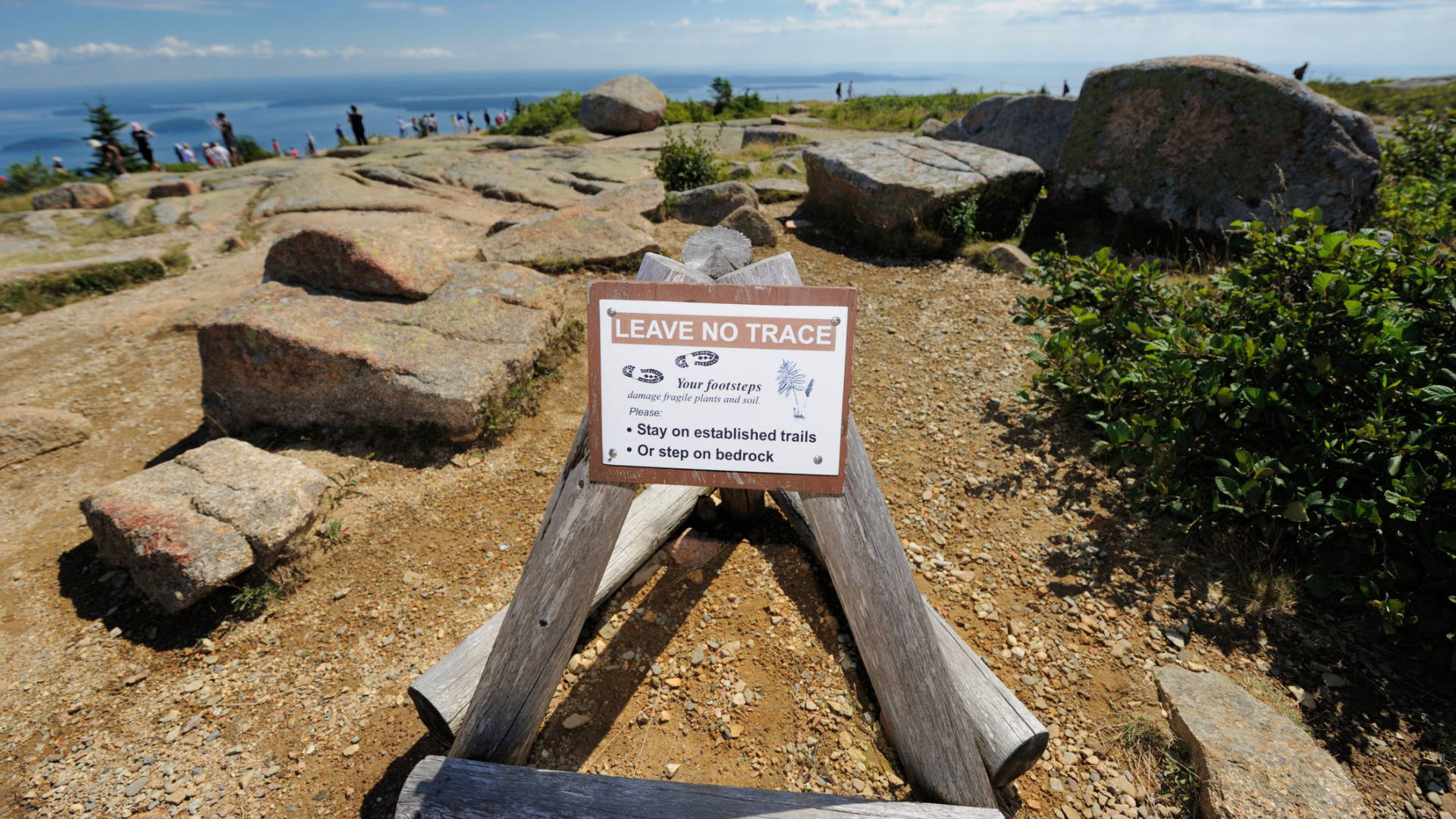
As the old and oft-quoted adage goes, a good outdoors person ‘Takes only photos and leaves only footprints’. This is way more than just a cliché. Leaving no trace of your visit is the hallmark of an experienced adventurer. That means no fires – unless you know for sure they’re allowed and can be safely contained (campfires can and have destroyed fragile ecosystems), and you can return this site to exactly how it was; no breaking tree branches to create a ‘perfect’ camp spot; and no leaving behind rubbish – and that includes toilet paper. Instead, invest in something that can hold a self-contained fire like the Solo Stove or BioLite stove, work with nature to make your campsite fit the space (not vice versa).
When it comes to pooping on the trail, don't actually poop on the trail... Either dig a ‘toilet’ hole, 15cm (6 inches) deep – and at least 50 metres (165ft) from any path, buildings or water source, or carry your excrement out with you in a bag to dispose of safely at home.
2. Pick up litter – even if it’s not yours
- Carry a spare, tough bag, such as an old dry bag, to carry litter out
- Shout about it on social media and spread the practice
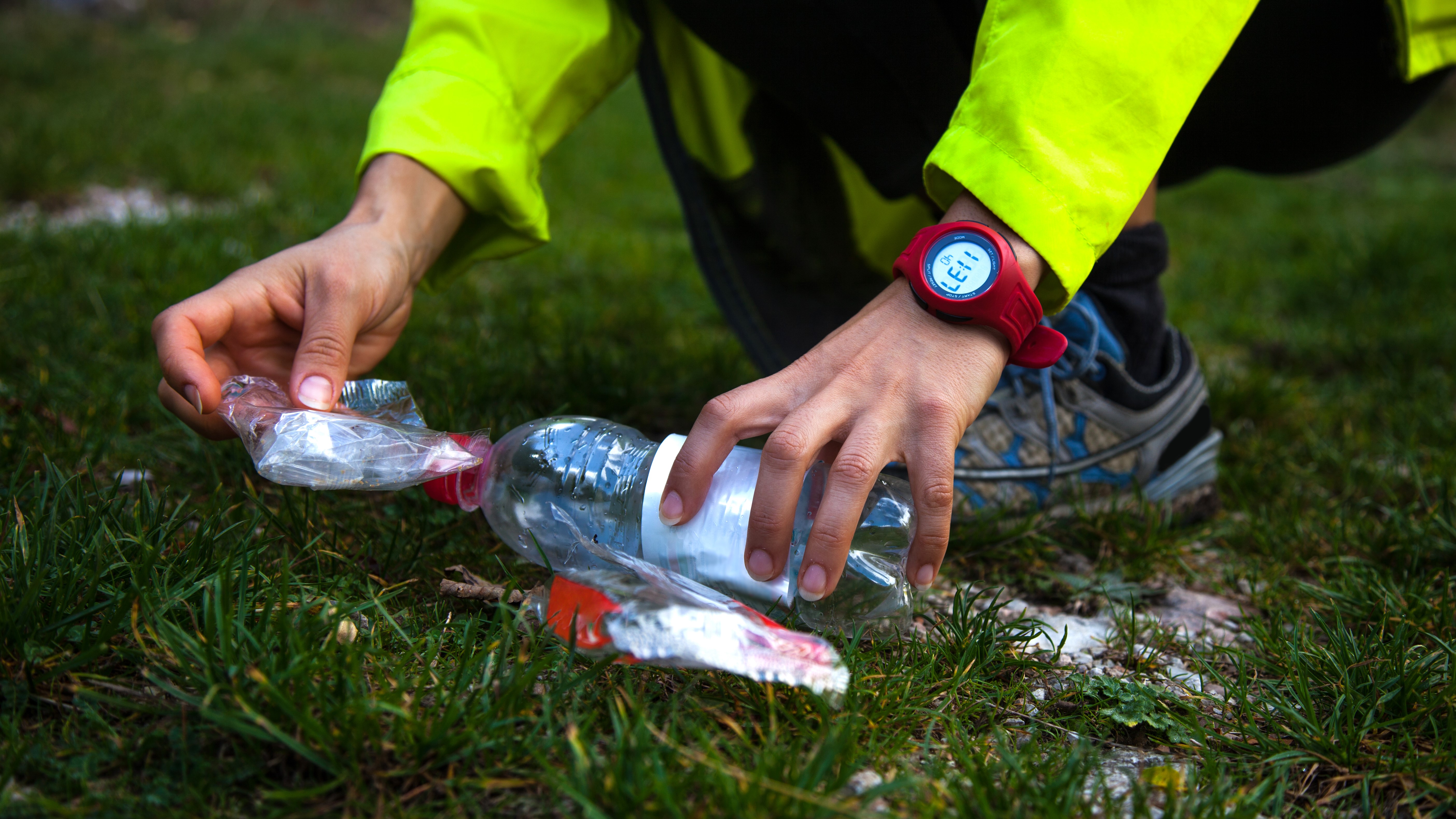
While most of us wouldn’t dream of littering in outdoor spaces, there’s a lot to be said for making sure there is no rubbish in our favourite adventure spots. I always carry a spare tough bag (an old drybag is a good option) to enable me to take out any rubbish I find on my trips – even if it’s not mine. After all, trash breeds more trash.
Advnture Newsletter
All the latest inspiration, tips and guides to help you plan your next Advnture!
So, if you pack it in, pack it out, and when you do pick up other rubbish – shout about it on social media, action speaks volumes and encourages others to follow your lead. Organizations like Trash Free Trails in the UK champion this sort of action, as well as other environmental practices.
3. Reuse, repair, recycle or gift your kit
- Buy secondhand gear instead of buying new
- Outdoor clothing can have its properties rejuvenated with aftercare products
- Many brands offer repair and recycling services
- You can donate your unwanted items to those who may need it more
- When you do buy new, make sure the kit has solid eco-credentials
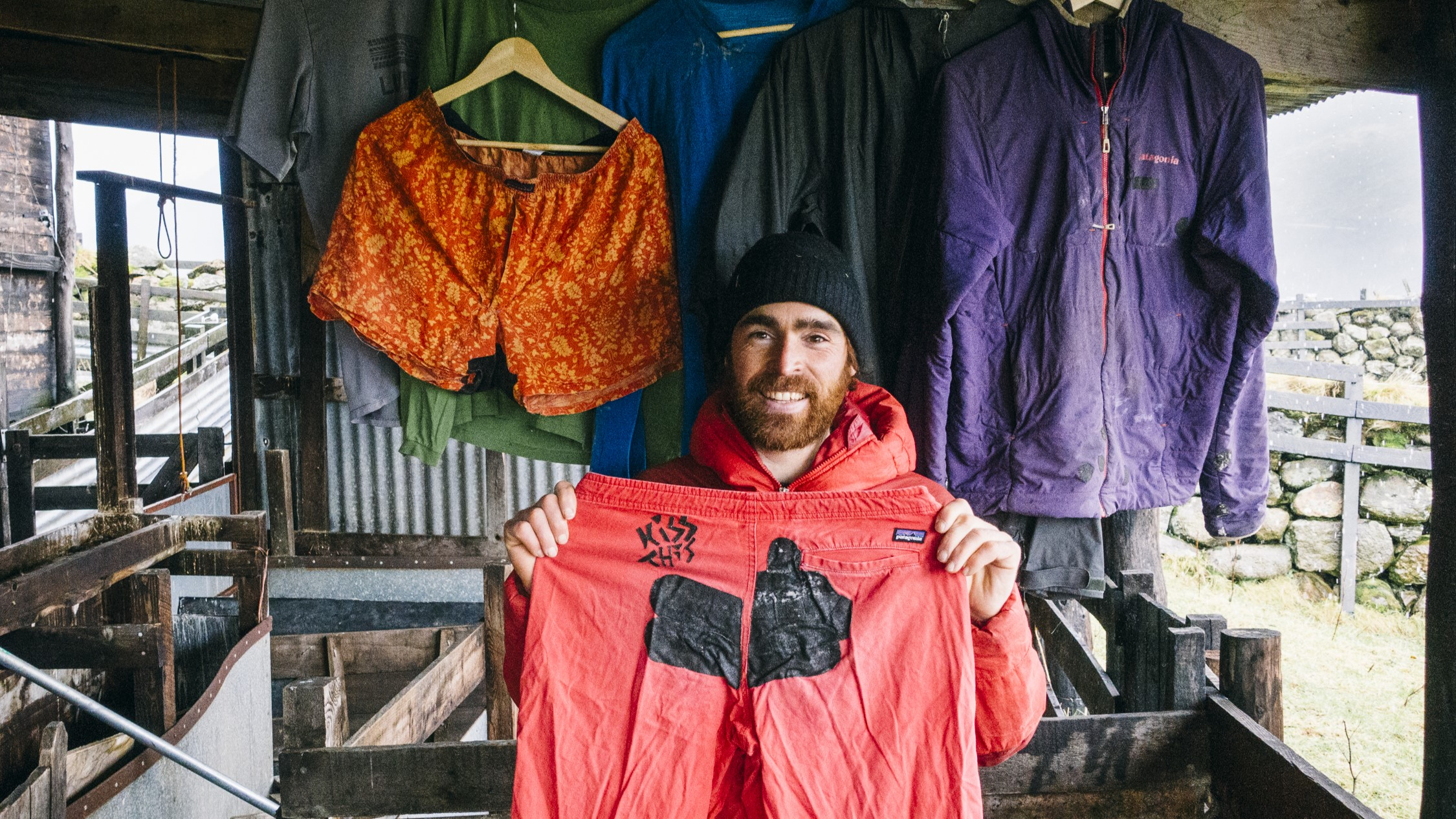
While it’s tempting to chase after the latest jacket/tent/’insert most wanted gear item here’, do think carefully about if you really need to buy something brand new. Before investing, consider reusing your old piece of clothing, bag or tent, or buying secondhand (there’s a great Facebook group where this is done regularly). Think your gear is no longer fit for purpose? Think again – jackets can be reproofed, zips replaced and even waterproof fabric can be mended with special iron-on patches. If anything, these imperfections are like battle scars, full of stories hard won on your adventures. Many brands now offer repair services, such as Rab's Second Stitch. Aftercare companies like Nikwax and Grangers sell products for cleaning and reproofing gear.
If it really is of no more use to you, see if the company you bought it from operate a recycling scheme – some offer money off something new if you bring in your old kit. If it’s an item you no longer use or need consider donating it to someone who will use it. Gift Your Gear helps provide outdoor clothing and equipment to UK community organisations, youth groups and charities working with young people in the outdoors, giving it a new life beyond your own adventures.
And, when you do buy new, look for green credentials in the gear you purchase – such as recycled elements, low-carbon footprint, ethical practices (both in the manufacturing process and in sourcing of materials such as down) and bluesign approval.
4. Think about your waste
- Invest in some reusable bottles, cups, mugs, cutlery and the like
- Consider alternatives to tin foil and cling film
- Try to avoid single-use plastic wherever possible
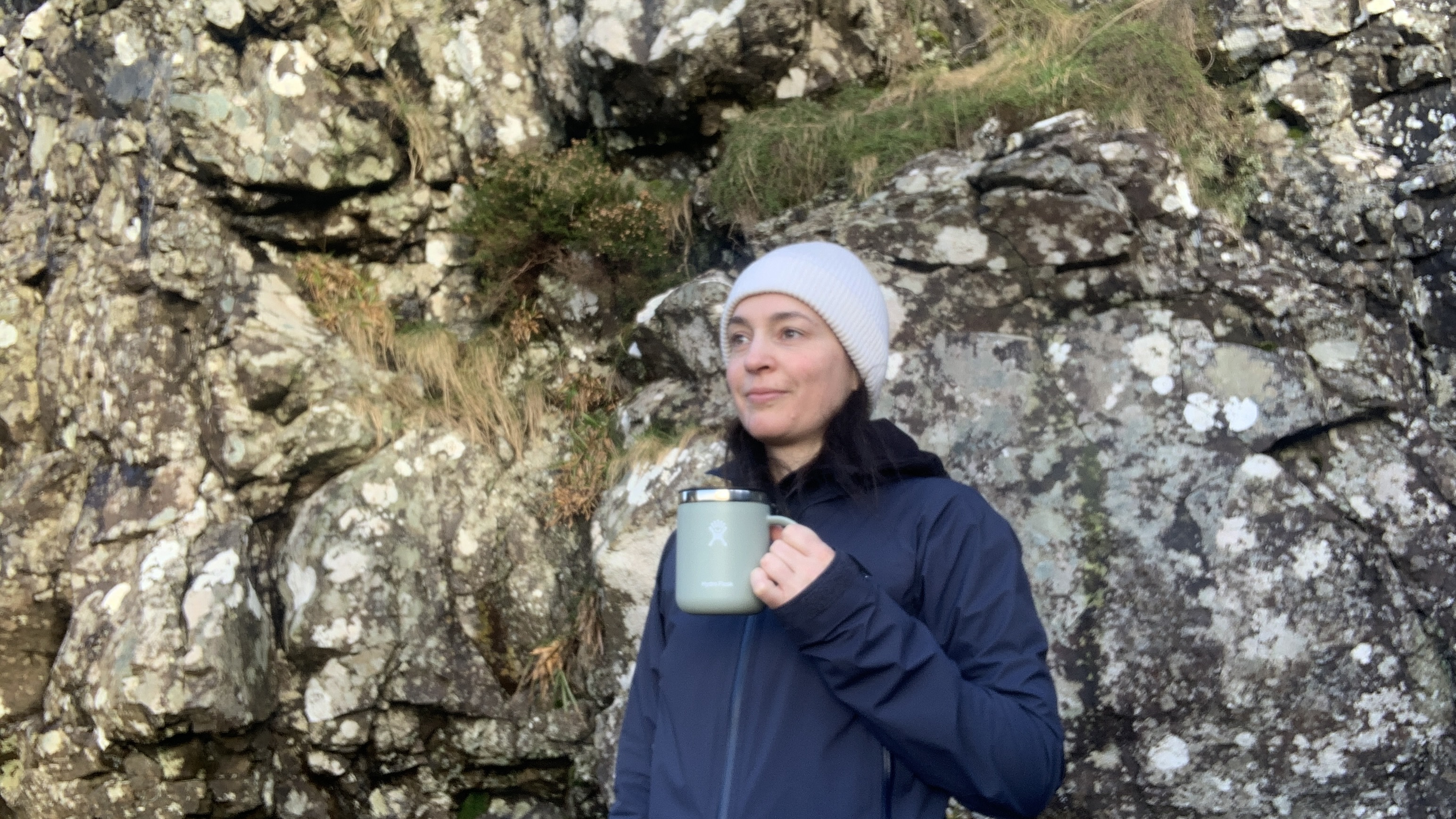
This is particularly pertinent when considering food to eat on the move on overnight wild camps and multiday treks. Consider buying ingredients not wrapped in lots of needless plastic; for hot drinks and water, there’s really no excuse for not having a reusable water bottle or camping mug – same goes for cutlery, when a Spork will do very nicely. Consider alternatives to tin foil and clingfilm (silicone mats or beeswax wrap are good options), look for camping meals not packaged in plastic – Firepot, for instance, now offer some of their meals in compostable brown packaging.
5. Make getting there part of the journey
- Consider alternative ways of getting to your adventure than the car
- Check the map to see if you can arrive by bike or public transport

Most of us naturally jump in our car to head to the start of our adventure, but consider this – if you make reaching the trailhead part of your journey, your outdoors experience can last even longer. Check the map – does a bridleway mean you can take a mountain bike to your start? Is there a cycle route to take your backpack on the road? Is your destination serviced by public transport? (Hoping on a night bus means you can skip the boring drive and get some kip on the way.) There are so many options now beyond the car.
Creator and host of the Wander Woman Podcast, extreme sleeper Phoebe Smith is an award-winning travel and adventure writer, photographer, broadcaster and author of 10 books about the outdoors. She's the first person to have slept at all the extreme points of mainland Britain, solo on consecutive nights. In 2021, Phoebe and Dwayne Fields will take a group of underprivileged young people to Antarctica through their #WeTwo Foundation. The strangest place she ever wakes up is in her own bed – as she's so rarely there…
